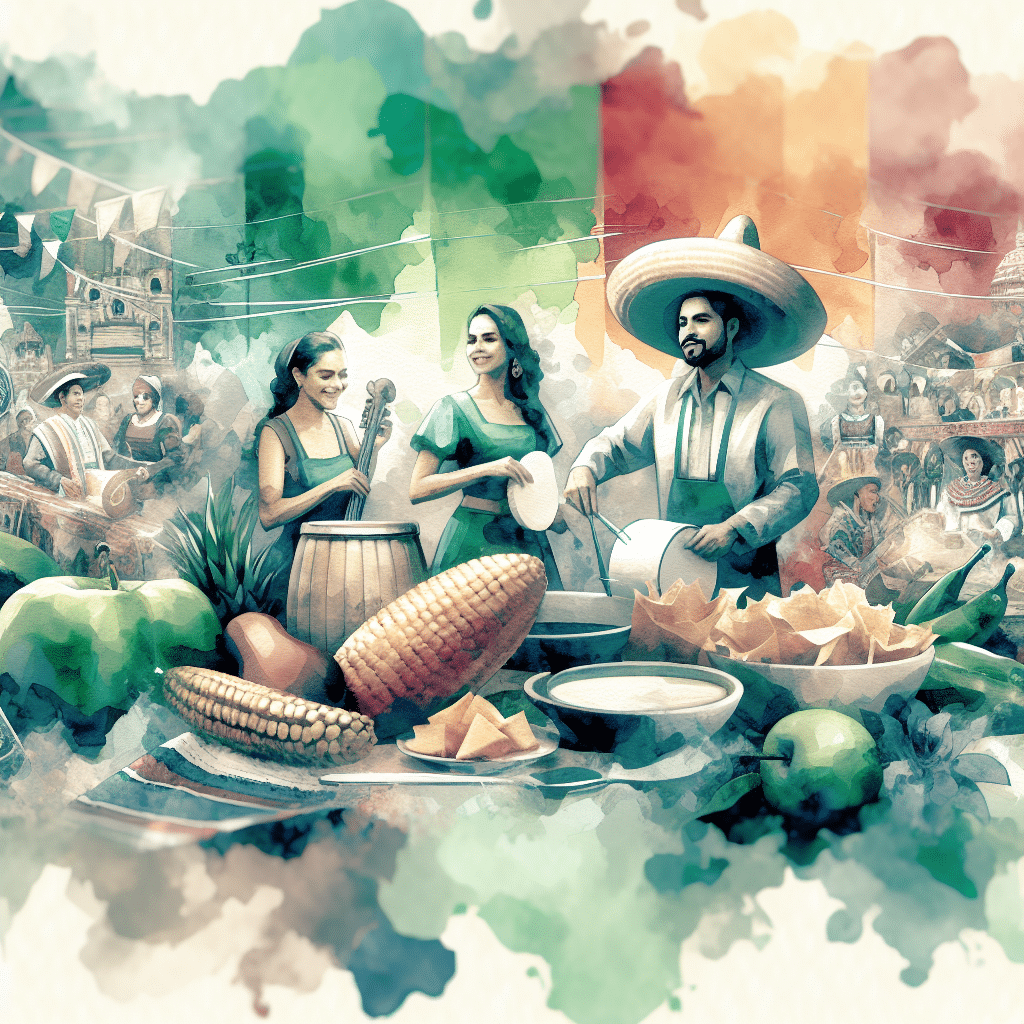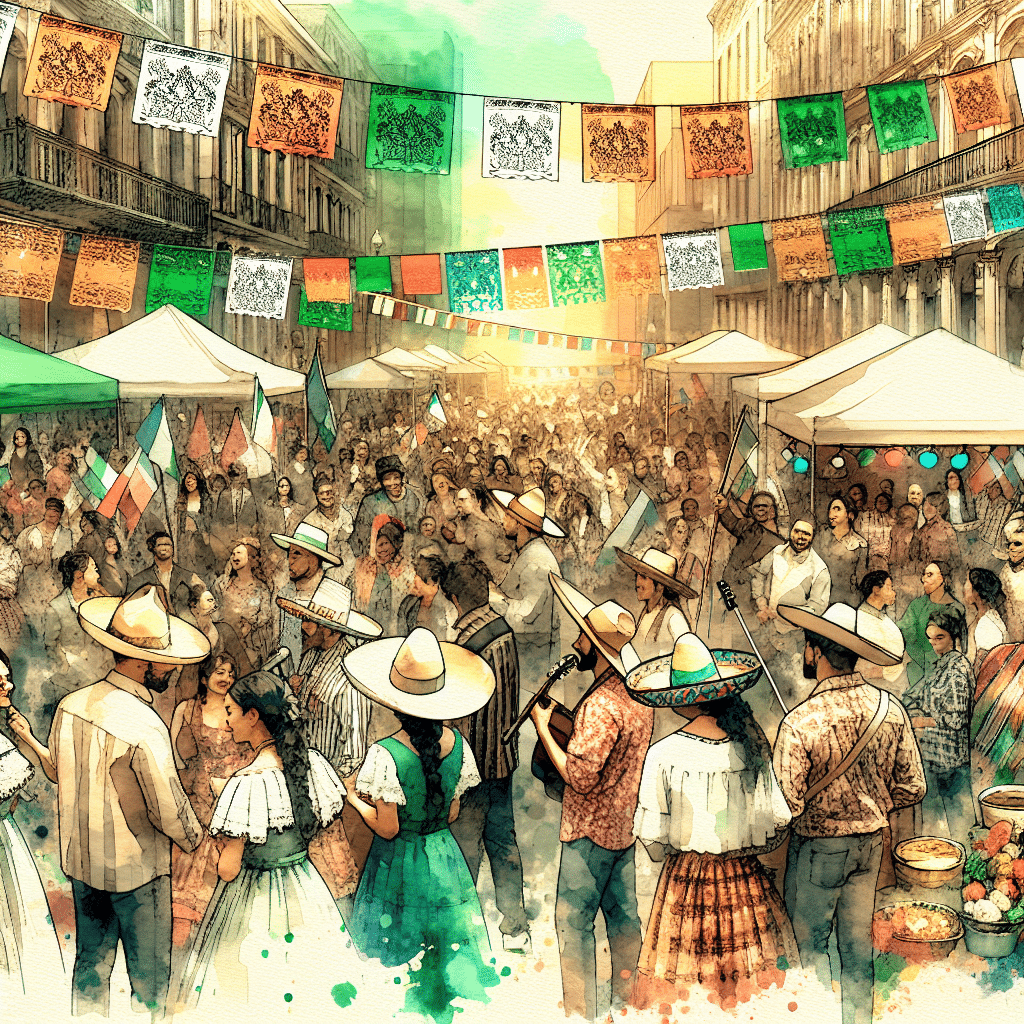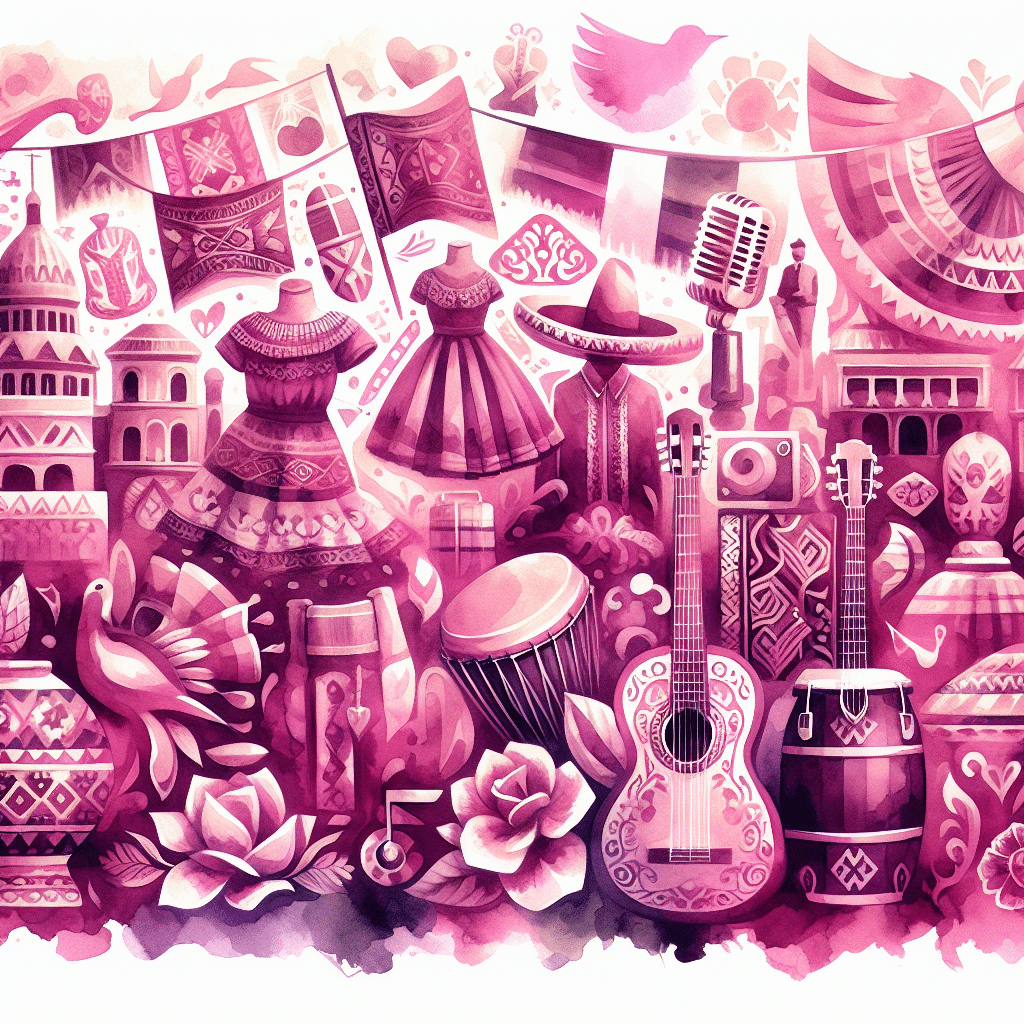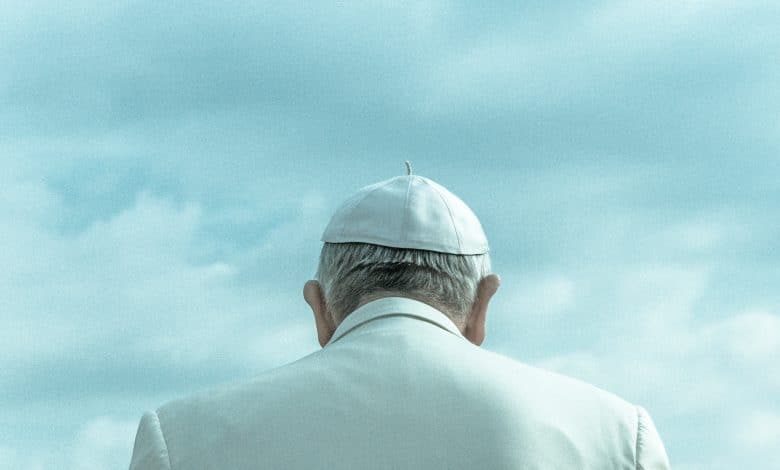
Pope Francis Remembered: Legacy, Reforms & Latino Impact
Today, we honor the life of a spiritual leader who didn’t just wear the white robes; he walked with the people. Pope Francis, born Jorge Mario Bergoglio in Buenos Aires, Argentina, made history in 2013 when he became the first-ever Latin American Pope. But titles aside, he was el Papa del pueblo, a voice for the voiceless, a shepherd for the struggling, and a bridge between faith and everyday life.
From the barrios of Argentina to the hearts of millions across the globe, his message of mercy, humility, and hope resonated deeply, especially con nuestra comunidad. They called him El Papa de la Misericordia, and with good reason. His leadership wasn’t about power; it was about presence. He showed up, he listened, he embraced. He reminded us that faith isn’t about fear, it’s about love.
As we reflect on his incredible legacy, we hold onto the values he stood for: inclusion, compassion, and a better world for todos.
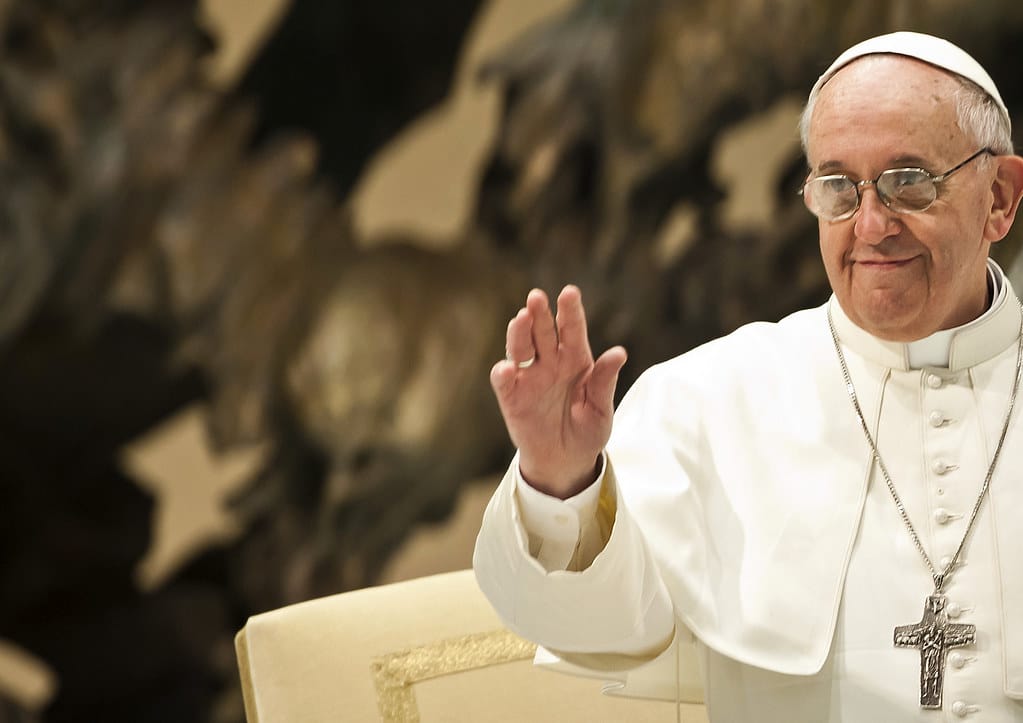
Pope Francis: Life and Legacy
Born in Buenos Aires, Argentina, Jorge Mario Bergoglio, who the world would come to know as Pope Francis, was shaped by the soul of his city: vibrant, humble, and deeply connected to la gente. His spiritual journey took him from a young Jesuit with a quiet heart to becoming the first-ever Latin American pope in 2013. That moment didn’t just change the history of the Catholic Church; it changed everything.
From the very beginning, Francis stood out. He rejected luxury, chose simplicity, and walked among the people. His papacy was defined not by pomp but by purpose, grounded in humility, compassion, and a deep understanding of what it means to serve.
Here are just a few of the moments that made his time as Pontiff truly unforgettable:
First Latin American Pope (2013): A groundbreaking moment that made Latinos across the globe feel seen and celebrated.
Laudato Si’ (2015): His powerful encyclical calling for environmental justice and reminding us that la tierra is our shared home.
Year of Mercy (2016): A whole year dedicated to kindness, forgiveness, and opening doors instead of building walls.
Synodal Process: He pushed for deeper dialogue within the Church, giving voice not just to clergy but to everyday believers.
Interfaith Outreach: Whether visiting mosques, temples, or synagogues, he built bridges where others built barriers.
Known worldwide as the Pope of Mercy, Francis lived what he preached. He tackled poverty, spoke boldly on climate change, and reached out to those society often forgets. His leadership felt less like a sermon and more like a conversation, genuine, honest, and full of heart.
Through it all, he reshaped what modern faith could look like: more inclusive, more grounded, and more real. And even now, his impact continues to ripple across el mundo.
Papal Leadership and Reforms under Pope Francis
Pope Francis led with something rare in global leadership: a mix of tradition, heart, and a willingness to evolve. His style wasn’t about commanding from a throne; it was about walking alongside the people. His leadership blended la tradición of the Church with a fresh, human-centered vision that felt real and relatable, especially to those who had long felt unheard.
So, what defined his papacy? Dialogue, compassion, and a bold openness to change. From day one, he set out to bring the Church closer to everyday life, focusing on real-world issues that affect real people. By making the Vatican feel more approachable, he gave the Church a renewed sense of relevance in a fast-changing world.
One of his most significant moves? The Synodal Process, a game-changing initiative that invited more voices to the table. Designed to open conversation within the Church, this process encouraged both clergy and laypeople to speak up. By shifting from a top-down model to one that welcomed broader participation, Francis started laying the groundwork for a more inclusive, more responsive Church.
But let’s be real, not all of his reforms came without controversy. One of the most talked-about debates during his time was the Maria 2.0 movement, which advocates for gender equality in the Church. While Pope Francis supported more roles for women, he maintained a traditional stance against women becoming priests. That decision sparked strong reactions, drawing both praise and criticism from around the world.
And that’s where we see the complexity of his papacy. He was a reformer, sí, but not a revolutionary. His leadership often walked a delicate line between progress and preservation, trying to modernize the Church without losing its historical roots.
Navigating those tensions between innovation and tradition, between pressure for change and the weight of centuries-old beliefs, may be one of the defining legacies of his papacy. Pope Francis faced those challenges with humility and courage, always keeping one eye on the future and the other on the soul of the past.
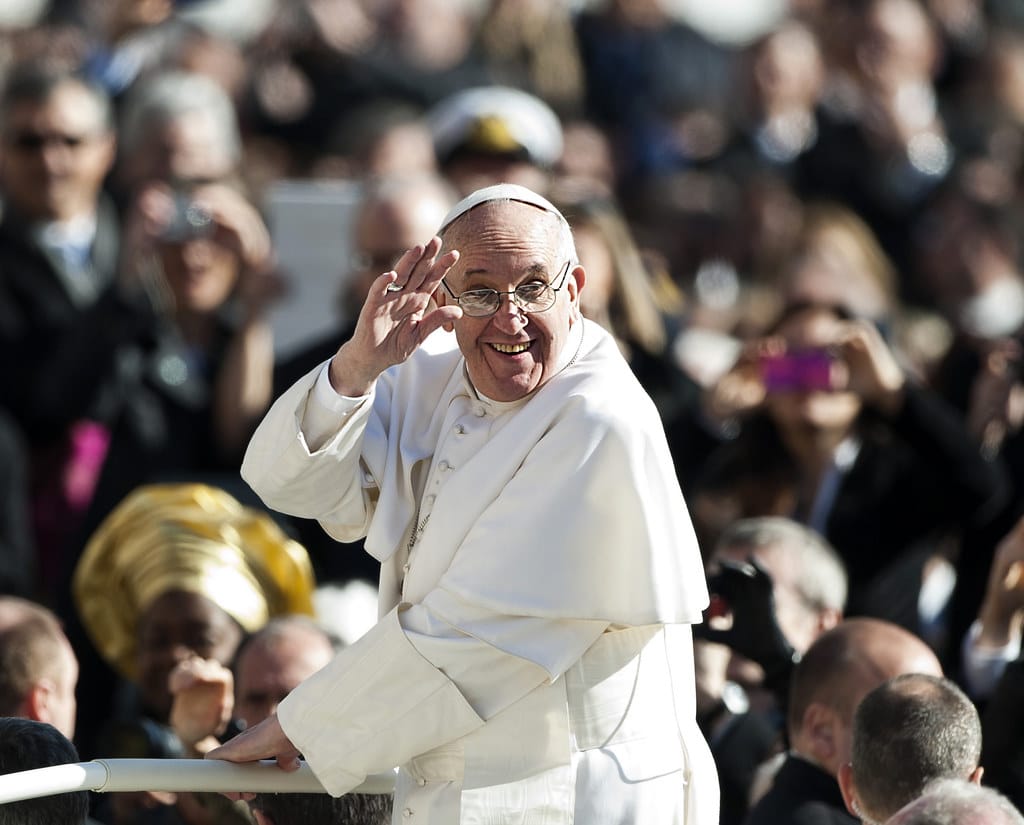
Pope Francis’s Influence on Social and Global Issues
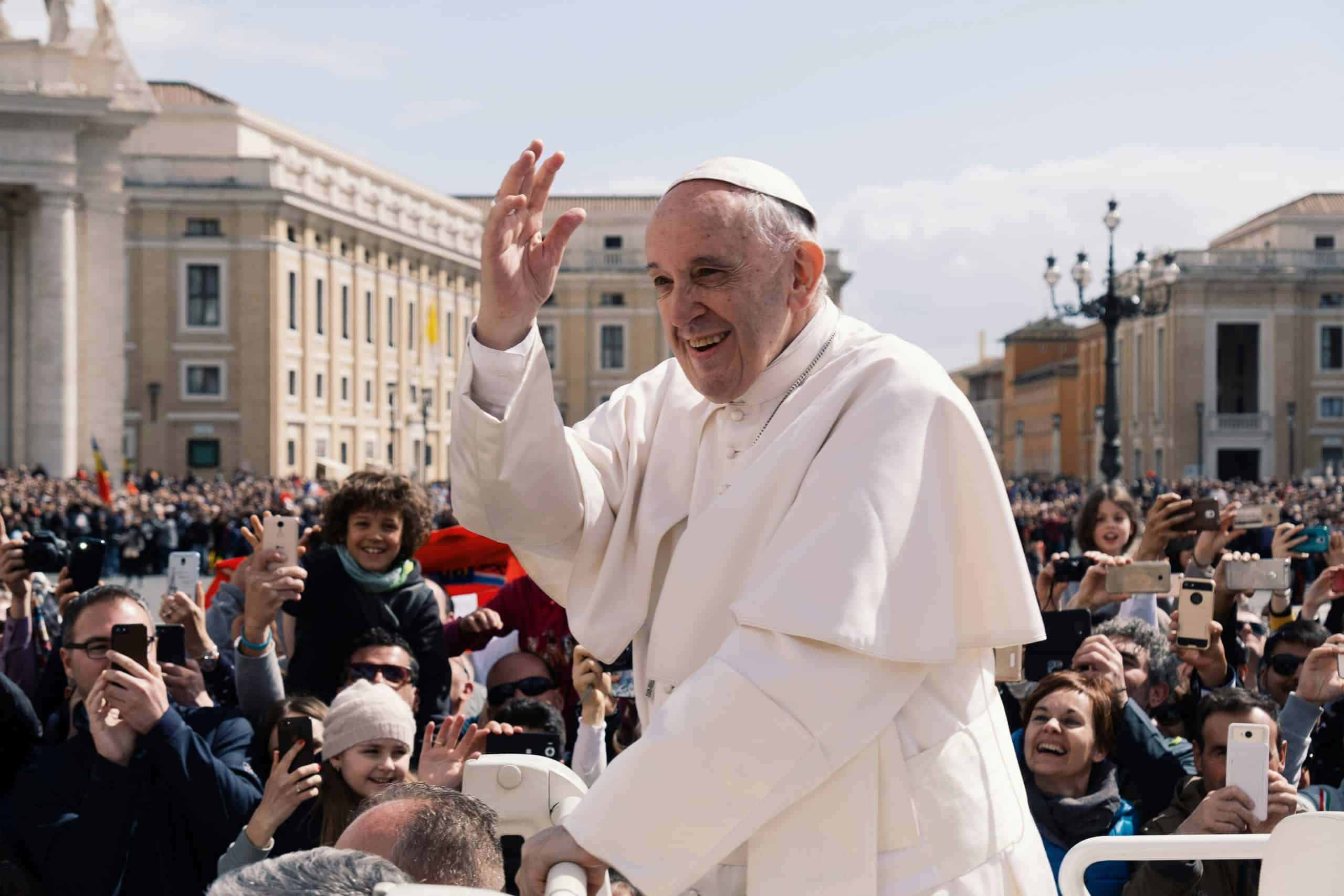
If there’s one thing Pope Francis will be remembered for beyond the walls of the Church, it’s this: he showed up for the people who needed him most.
From day one, el Papa del pueblo made it clear that faith without action isn’t enough. He championed social justice causes that hit close to home for many in nuestra comunidad: poverty, migration, climate change, and unity among faiths.
So, how did he walk the walk?
He didn’t just preach from the pulpit; he rolled up his sleeves. Near St. Peter’s Square, he helped open showers, shelters, and services for the homeless, and he made time to speak cara a cara with people often ignored by society. This wasn’t performative; it was personal. Pope Francis believed the Church should be a “field hospital,” not a fortress, and he lived that mission with every step.
He also became a powerful voice for refugees, urging nations to treat them not as statistics, but as human beings with dignity. In a world too quick to close doors, Francis asked us to open hearts.
And when it came to the planet we all share, he didn’t hold back. In 2015, he released Laudato Si’, a groundbreaking encyclical that challenged both believers and world leaders to take climate change seriously. He framed environmental protection not just as a political issue, but as a moral one. And it hit hard. Leaders, scientists, and everyday people began to see climate action through a new lens: one of shared responsibility and faith in the future.
Here’s a snapshot of the causes he championed:
| Issue | Key Actions |
|---|---|
| Poverty Alleviation | Opened facilities for the homeless, engaged directly with the underserved |
| Refugee Support | Advocated for dignity, inclusion, and humane policies for displaced peoples |
| Environmental Protection | Issued Laudato Si’, calling for urgent global climate action |
| Interfaith Dialogue | Met with leaders from other faiths to promote unity and mutual understanding |
One of the most inspiring aspects of his papacy was his commitment to interfaith dialogue. He met with leaders from Islam, Judaism, Buddhism, and beyond, not to debate, but to connect. ¿Por qué importa esto? Because in a world often divided by religion, Pope Francis showed us that peace starts with listening. That bridges can be built even between those with different beliefs. That unity is not just possible, it’s necessary.
Through all of this, he redefined what it meant to be a spiritual leader in the 21st century, con corazón, compasión, y acción.
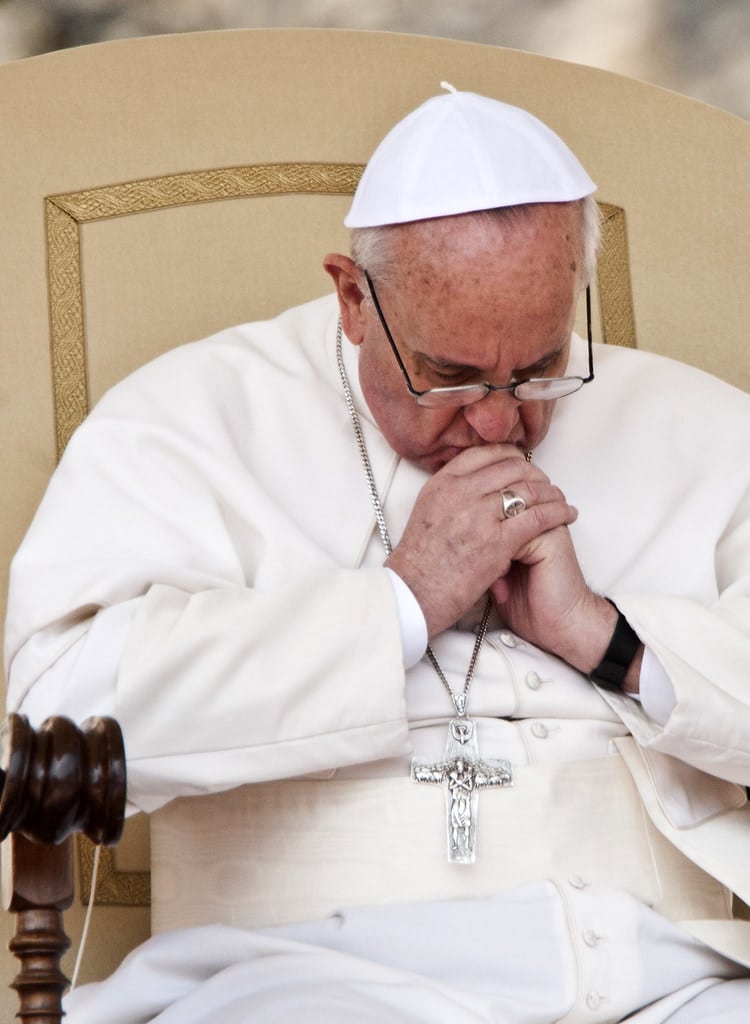
Controversies and Criticisms Faced by Pope Francis
Let’s be honest, familia, even a beloved figure like Pope Francis had his share of controversy. His papacy was one of bold ideas and compassionate change, but it also sparked serious debate dentro y fuera de la Iglesia.
Women in the Church
One of the longest-running debates was his stance on the role of women in Church leadership. While he opened more Vatican departments to women, Pope Francis firmly opposed the ordination of women as priests. Some viewed that as fidelity to tradition; others saw it as a missed opportunity for progress. It created division within the Church, between those celebrating small steps and those asking: Why not go all the way?
Maria 2.0 and Gender Equality
The Maria 2.0 movement, launched by Catholic women in Germany, pushed for full equality, including leadership roles and action against abuse. Francis acknowledged women’s voices, but critics argued his response didn’t go far enough. The movement became a rallying cry for reform, and a measuring stick for his willingness to meet those demands.
LGBTQ+ Inclusion and Same-Sex Blessings
Francis made headlines worldwide when he said “Who am I to judge?” in response to a question about gay priests. It signaled a more inclusive tone, but didn’t necessarily change doctrine. In 2023, he approved blessings for same-sex couples, as long as it was outside of marriage. Supporters called it progress; critics said it blurred the line between tradition and compromise.
Vatican Financial Reform and Corruption
When Francis took the reins, he promised to clean house, especially when it came to Vatican financial scandals. He created new oversight bodies and pursued accountability, even bringing high-ranking cardinals to trial. But some felt the reform lacked punch. While steps were taken, corruption still loomed, and transparency remained a struggle.
Vatican-China Deal
In 2018, the Vatican made a historic but controversial agreement with China, giving Beijing more influence over bishop appointments. The hope was unity among Chinese Catholics, but critics called it a betrayal of underground believers and religious freedom. Francis’s move was strategic, but many questioned the price.
🕊️ Response to War: Ukraine and Russia
During the Russia-Ukraine war, Francis condemned the violence, but was slow to directly name Russia or Vladimir Putin in early statements. For some, that neutrality felt diplomatic. For others, it felt like moral hesitation at a time that called for clarity.
Child Abuse Scandals
No controversy cut deeper than the Catholic Church’s child abuse crisis. Francis met with survivors, implemented accountability protocols, and removed some bishops, but critics say it wasn’t enough. The wounds left by these scandals still bleed, and many hoped for stronger, more decisive action from the top.
Even with these challenges, Pope Francis remained a symbol of hope for millions. His papacy was marked by an attempt to modernize while still honoring sacred traditions, a near-impossible balancing act. He didn’t please everyone, and he didn’t always go far enough. But he listened. He tried. He leaned into the complexity rather than hiding from it.
And in a world that often moves too fast to care, that willingness to care meant everything.
The Future of the Catholic Church Post-Pope Francis
Pope Francis’s papacy wasn’t just historic, it was a launchpad for transformation. A spark. Un catalizador for reform that challenged the Church to open its heart wider than ever before.
So… ¿cómo puede su liderazgo seguir influyendo en el futuro? For starters, his insistence on listening to the people, especially the laity, set a tone that future Church leaders can’t ignore. He pushed for a Church that speaks with the people, not just at them. That mindset has already taken root in parishes and communities around the world, where everyday voices are starting to matter more.
At the center of this shift is the Synodal Process, his most potent tool for collaboration. It’s not just a one-time reform, but a blueprint for handling complex conversations going forward. It’s an invitation to speak up, share stories, and be part of the Church’s evolution, together.
Here’s how that legacy could shape what’s next:
More lay participation in decision-making, giving real influence to the people in the pews.
Greater focus on the environment and justice, echoing his call to protect la tierra and the most vulnerable.
Stronger interfaith unity, continuing to build bridges across cultures, beliefs, and borders.
Increased transparency and accountability, ensuring the Church lives up to its own values.
Pope Francis’s vision of an inclusive Church was more than just aspirational; it was structural. Through every gesture, every message, every tough conversation, he laid the groundwork for a future where mercy, compassion, and unity aren’t just ideals, they’re the operating system.
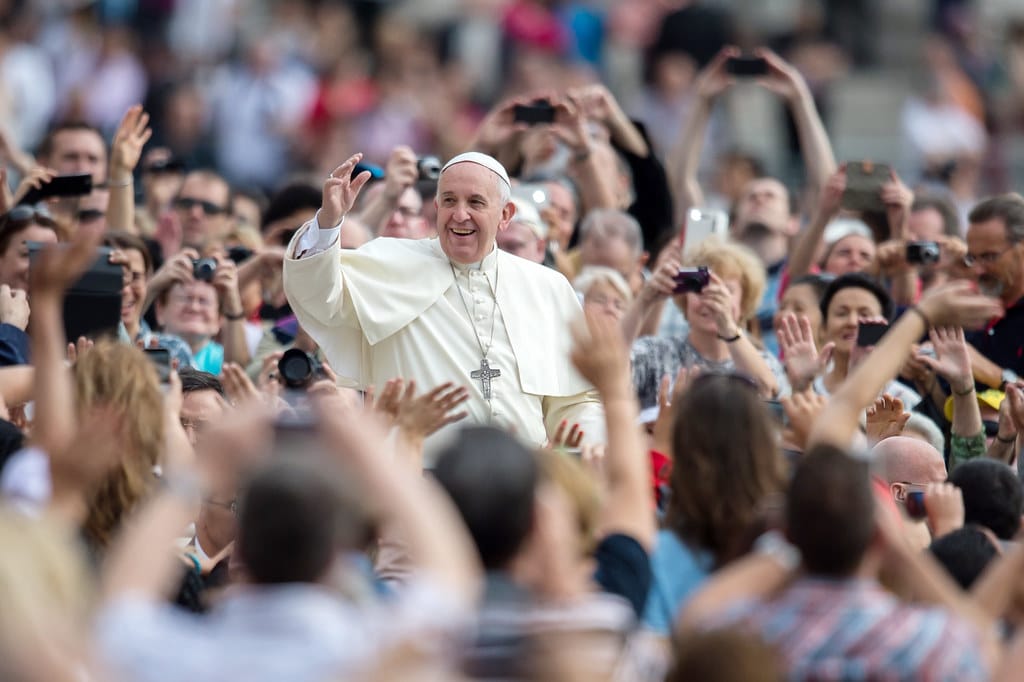
A Pope Who Changed the Church And the World
As we reflect on the life and legacy of Pope Francis, one thing becomes clear: he didn’t just lead, he inspired.
From Buenos Aires to the Vatican, from el barrio to the global stage, he carried with him the spirit of humility and service. As the first Latin American Pope, Jorge Mario Bergoglio brought un corazon Latino to one of the world’s most powerful institutions, and made it feel more human, more accessible, more nuestro.
He tackled the big stuff, climate change, poverty, inequality, and brought the Church into conversations it had long avoided. He met with world leaders and washed the feet of prisoners. He gave speeches on unity and quietly prayed with refugees. And always, always, he chose people over protocol.
But Pope Francis’s legacy isn’t just about what he did; it’s about the path he paved.
A path of hope.
Of compassion.
Of radical listening and tender courage.
Sí, his papacy faced criticism. No era perfecto. But the seeds he planted, of openness, justice, and inclusion, are still growing. And they’ll keep blooming long after he’s gone.
Now, as the world looks toward what comes next, Pope Francis remains a beacon. A reminder that leadership can be humble. That faith can be bold. And that change, real change, starts con el corazón.
FAQ
When did Pope Francis pass away?
Pope Francis passed away on April 21, 2025. His passing marked the end of a deeply impactful papacy defined by compassion, humility, and a call for inclusion.
What made Pope Francis different from previous popes?
As the first Latin American Pope, Jorge Mario Bergoglio—known as Pope Francis—was celebrated for his down-to-earth approach, focus on social justice, and deep connection to la gente. He prioritized mercy, transparency, and interfaith unity in ways that felt fresh and deeply human.
What is Pope Francis’s legacy?
His legacy includes pushing the Catholic Church toward more inclusivity, launching the Synodal Process to amplify lay voices, addressing poverty and climate change, and building bridges across faiths. He’s remembered as el Papa del pueblo—the People’s Pope.
What did Pope Francis believe about LGBTQ+ individuals?
Pope Francis advocated for compassion and inclusion, famously saying “Who am I to judge?” He emphasized dignity and love for LGBTQ+ people while navigating the Church’s traditional teachings.
What were Pope Francis’s most important reforms?
Pope Francis’s key reforms include the Synodal Process (fostering Church-wide dialogue), Laudato Si’ (calling for climate action), and expanding lay participation in Church decisions. His papacy emphasized humility, social justice, and a more inclusive future for the Catholic Church.
How did Pope Francis impact Latin America and Latino Catholics?
As the first Latin American Pope, Francis connected deeply with Latino Catholics worldwide. He brought visibility to the region’s faithful, addressed poverty and migration with empathy, and made Latino voices more central to the global Church conversation.

